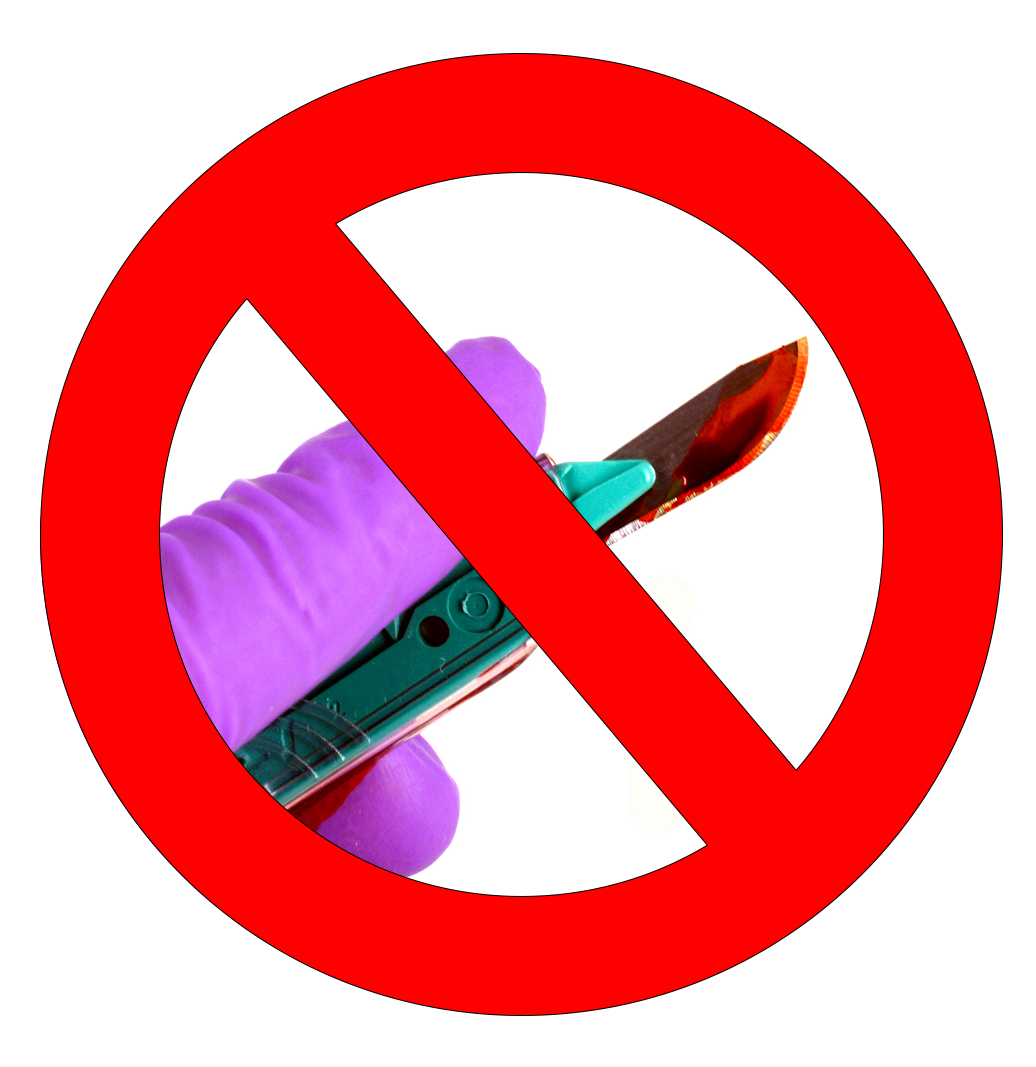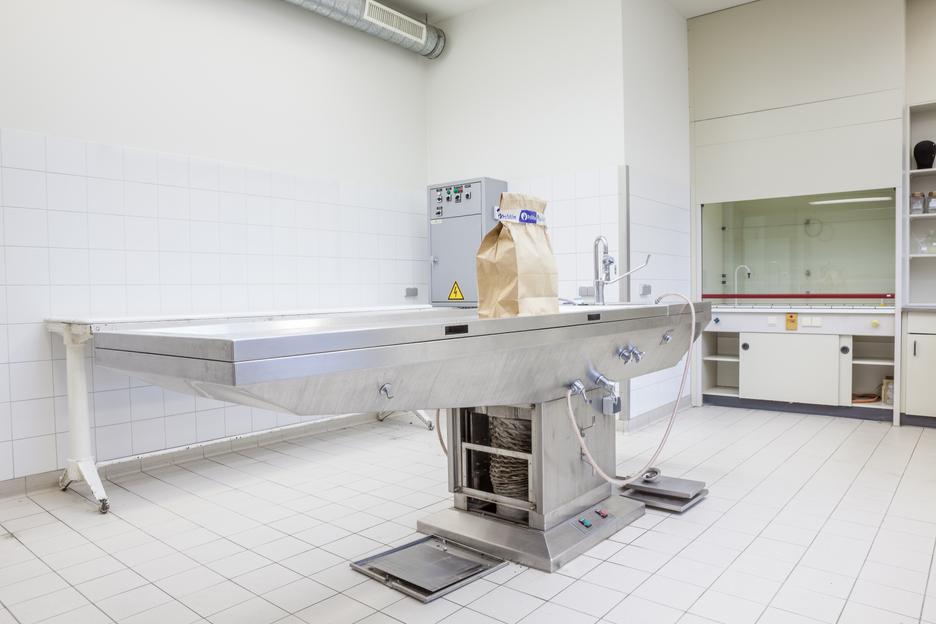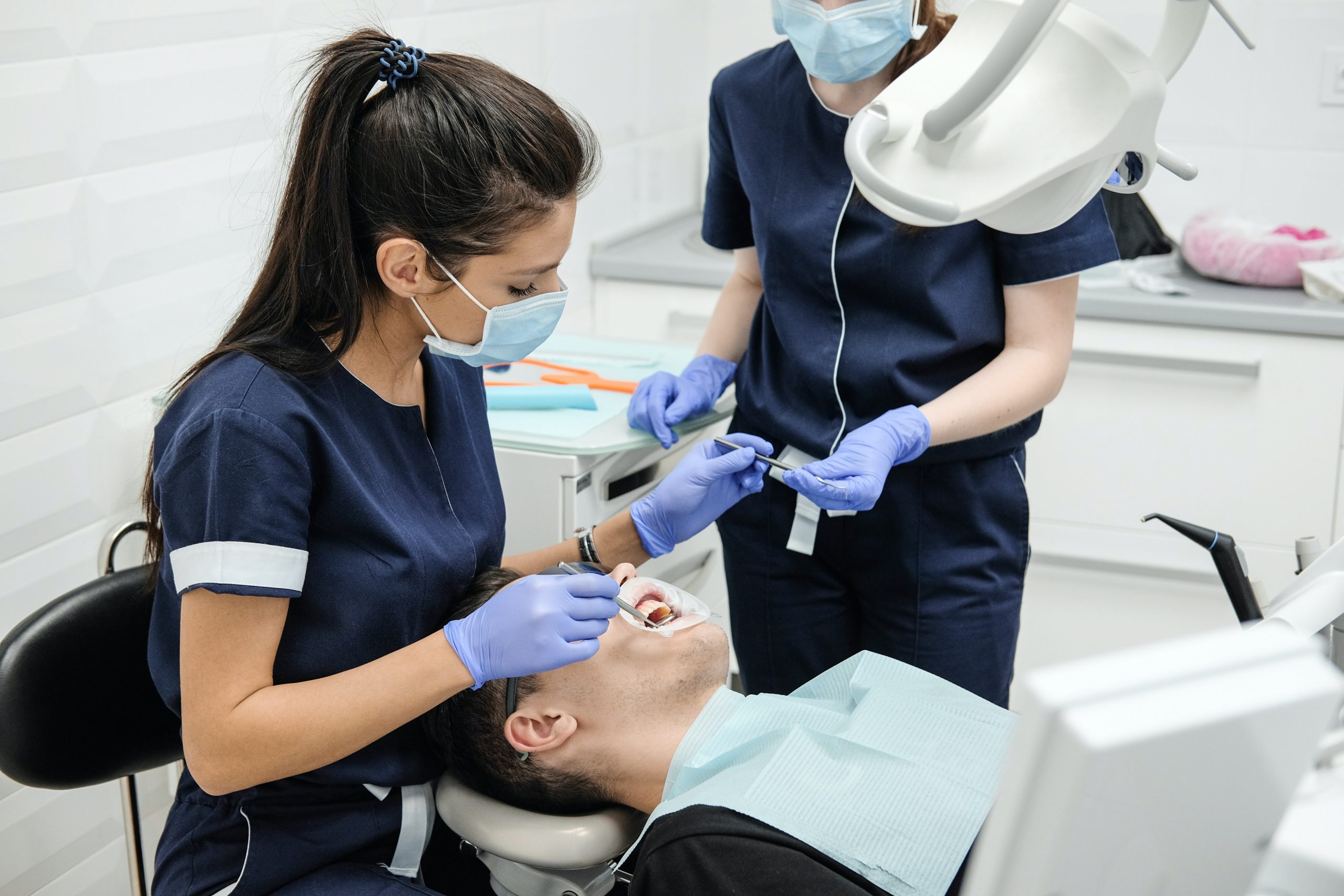Sharp injuries have always been a concern in the healthcare industry. These injuries can cause deep wounds and increase the risk of infection, particularly if the sharp object was contaminated with bloodborne pathogens such as hepatitis B, hepatitis C, or HIV. Emotionally, sharp injuries can cause significant distress and anxiety, leading to long-term psychological effects …

Surgeons Are Saying “No” to Safety Scalpels
Although it has previously been thought that safety scalpels would improve sharps safety, evidence suggests this may not be the case. The term “safety scalpel” is a misnomer- there is no supportive proof that safety scalpels are actually safe. Active devices such as safety scalpels may provide a false sense of security to the end-user, which …

Medical Examiners: Risk of Injuries and Infections
Medical examiners, also known as forensic pathologists, investigate deaths if they are deemed unusual or suspicious. However, it is not always known at the time of death if the deceased has a bloodborne infection or virus. This is why all bodies should be considered as potentially infectious and standard precautions should always be adopted, regardless …

Veterinary Cuts: The Problem of Sharps Injuries in Pet Care
Sharps injuries are a worrying concern for veterinarians. A survey sent to members of the Veterinary Surgeons Board of Queensland in 2006 revealed that 75.3% had at least one sharps or needlestick injury in the previous 12 months, while 58.9% reported suffering from at least one contaminated sharps or needlestick injury during the previous 12 …

Sharps Injuries in Dental Practice and How to Prevent Them
Needles and sharps instruments are essential to dentistry practice which is why sharps injury rates are a huge concern for dentists. A study of Needlestick and Sharps Injury (NSI) cases reported by a university hospital in Taiwan between 2009 and 2011 showed that the annual incidence of sharps injuries was 8.19% among all dental workers. …

The Hierarchy of Controls and Sharps Safety
Addressing the Hierarchy of Controls Using Sharps Safety The Hierarchy of Controls is a very effective method for managing hazards in the workplace and should be followed to prevent sharps injuries to healthcare workers. According to Australia’s National Health and Medical Research Council (NHMRC), it is a well-recognised approach used to address sharps hazards in …


